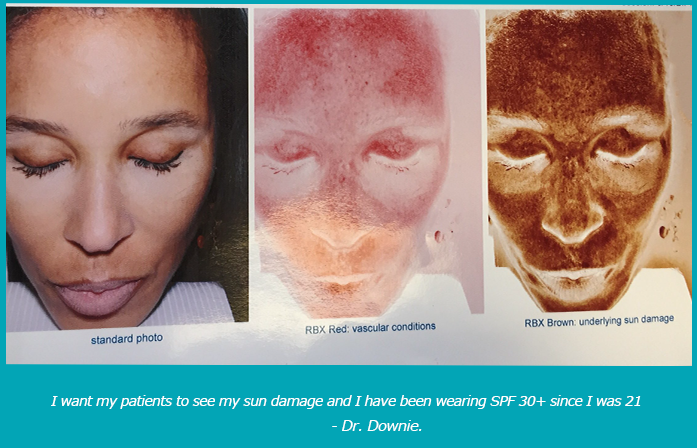


Dr downie montclair nj skin#
These spots tend to be dark red in color (and can present darker on deeper skin tones) and are typically circular, ranging in size from a ballpoint pen head to a pencil eraser.Ĭherry angiomas are most likely seen on the chest, abdomen, arms, and/or legs, and while they may be raised, they shouldn’t be irritating, according to Dr. “They look like what many people describe as raised moles.” That said, some can be completely flat. Hartman, founder of Skin Wellness Dermatology. “Cherry angiomas are small skin growths made up of blood vessels,” says Dr. You’ll know you have a cherry angioma when you see it, as they don’t really look like any other kind of mole, bump, or skin condition. Kali9/ Getty Images What Are Cherry Angiomas? Keep reading for everything you need to know about cherry angiomas. But before you panic, remember: It’s important to see a doctor to confirm any suspected diagnosis.
Dr downie montclair nj how to#
That’s why TZR chatted with a handful of top dermatologists to break down exactly what these little red specks on our skin are, how they develop, and how to treat them.

If you’ve recently taken notice of a little red bump (or three) that have cropped up on your chest, limbs, or elsewhere, you may be wondering “WTF is that?” And if that question has sent you down an internet rabbit hole of self-diagnosing, you’ve probably come across the term “cherry angiomas,” and once again asked yourself, “What on earth are those?” If that’s the case, you’ve come to the right place.Īlthough the skin condition is incredibly common - up to 50% of adults present with cherry angiomas, according to a study in American Family Physician - they are rarely discussed outside of a dermatologist’s office. A quick peek can usually clue you in to anything that looks too large, too asymmetrical, or too, well, not great looking. While it’s important to visit a dermatologist or your primary care doctor for a scan at least once a year to check for anything out-of-the-ordinary, it’s also a wise idea to take stock of your epidermis on your own. Question for you: When was the last time you took a good long look at your skin? Not just your face, but everywhere.


 0 kommentar(er)
0 kommentar(er)
